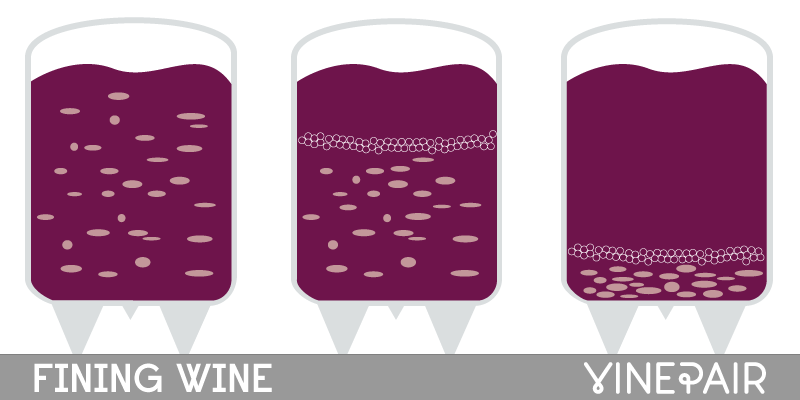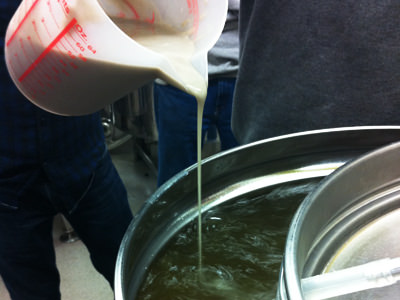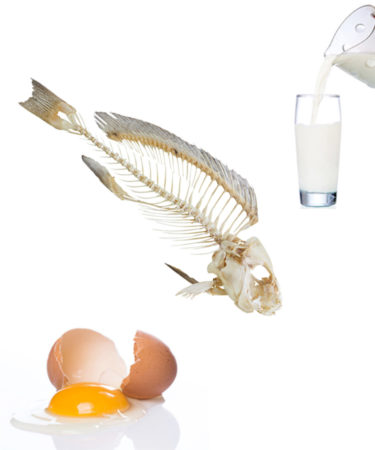Have you ever gotten to the bottom of a bottle of wine, and been met with a lump of gunky, muddy looking paste? This paste doesn’t hurt you to consume, but it also doesn’t add to the pleasure of drinking a nice glass. That gunk is sediment, and it occurs naturally in wine – made up of leftover dead yeast cells that have finished converting the sugar into alcohol, bits of grape skin and stems, proteins and other pieces of solid matter that all went in to helping make your wine delicious. But most of us can agree, these aren’t particles we want to encounter regularly in our glass, so how do we prevent sediment from winding up in the bottle in the first place?

If you’re drinking a wine that’s young, usually less than 8 years old, chances are you probably won’t encounter any sediment – and that’s all thanks to a process we call Fining. In winemaking, Fining is the process of adding a substance to the wine in order to create a bond with the sediment, thereby making it much easier for the winemaker to filter these visible particles out. In addition, fining also has the ability to remove the more astringent tannins that can often be present, thereby helping to make the wine smoother and more palatable at a young age. When a wine has been removed of these particles, it is said to be clear, or clarified. If you’re drinking a young wine – which is what most of us drink on a regular occasion – after it has been fined, you can rest assured your bottle is sediment free.
Traditionally, fining was conducted using substances such as egg whites, milk and sometimes even dried fish bladders – not substances vegetarians and vegans love to hear has come in contact with their wine – as they were found to be fantastic at binding to these floating particles. When a winemaker was ready to fine or clarify the wine, they would simply add the small amount of egg whites or milk to the barrel and almost immediately the particles would begin to be attracted to and bind with the agents. This new bound mass would then sink to the bottom of the barrel, thus allowing the winemaker to easily filter them out. While these agents are still used by some of the more traditional winemakers and regions around the world, rest assured that there are also many vegan friendly options, such as using seaweed or volcanic clay, that can also be employed to achieve the same result.

As people have become more concerned with the use of these animal-based agents, many winemakers have switched to using the vegan friendly forms, or labeling their bottles when material such as egg whites or milk is still used – Australia and New Zealand even require the labeling by law.
But if you’re still a bit freaked out by the idea of milk, egg whites or dried fish bladders being added to the wine, you can rest easy, as researchers at UC Davis found they impart very little, if any, of their qualities to the wine. So don’t worry, using these agents won’t make your wine taste fishy, milky or like a plate of scrambled eggs. That being said, if you’re allergic to any of these materials, it’s best to look for vegan friendly wines – of which many exist – just to be safe.
